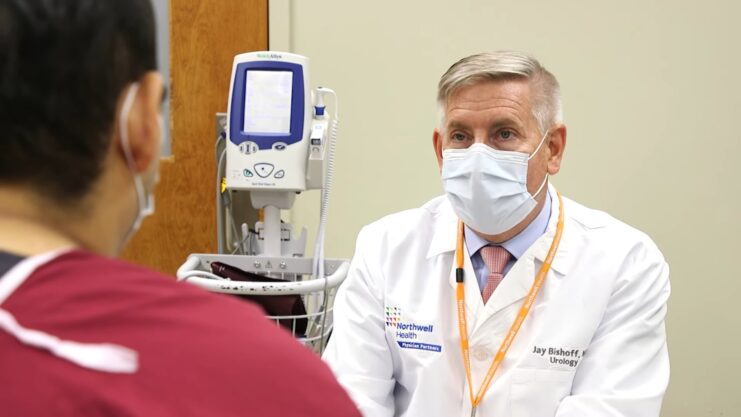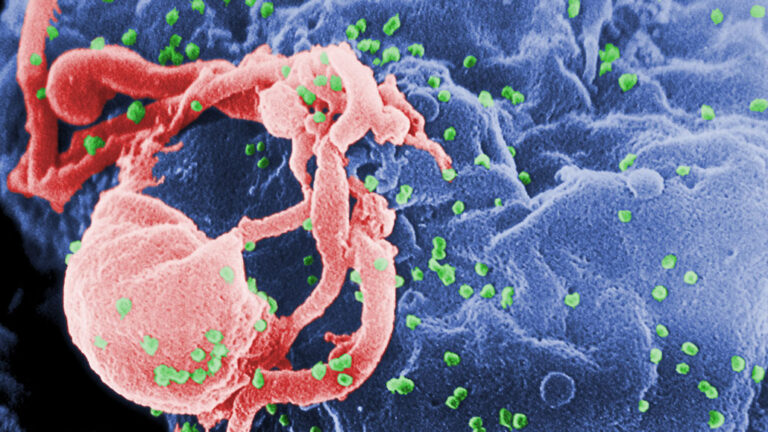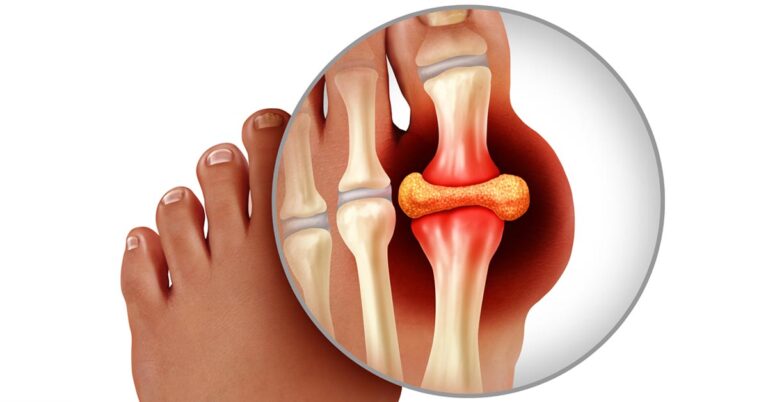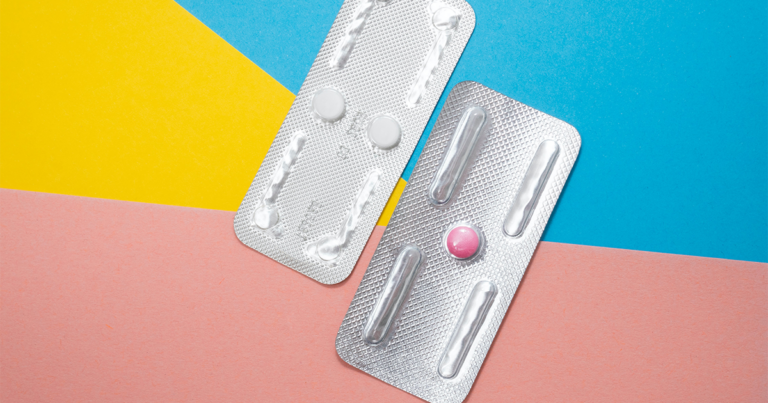In the vast world of men’s health and wellness, one topic that often sparks curiosity and debate is penis enlargement. This subject, shrouded in mystery and misconceptions, has been the focus of countless discussions, research studies, and marketing campaigns. This comprehensive guide aims to shed light on this sensitive topic, providing well-researched and reliable information.
Before delving into the specifics of penis enlargement, it’s crucial to understand the basic anatomy of the penis. it is composed of three parts: the root, the body, and the glans. The body, or shaft, houses the corpora cavernosa and corpus spongiosum, which are responsible for erection.
The size of the penis varies among individuals and is influenced by factors such as genetics, hormonal balance, and overall health. It’s important to note that the size of a flaccid penis doesn’t necessarily correlate with its size when erect. Some men who are smaller when flaccid lengthen considerably when erect, a phenomenon known as ‘growers’, while others, ‘showers’, remain relatively the same size.
The Psychology Behind the Desire for Enlargement

The desire for penis enlargement often stems from psychological factors. Societal and cultural influences can lead men to believe that they need to meet certain size standards to be considered masculine or satisfactory sexual partners. However, it’s essential to understand that these perceptions are often distorted and unrealistic.
Studies have shown that most men who seek penis enlargement procedures actually fall within the average size range. This suggests that the desire for enlargement is often driven more by self-perception and psychological factors than actual physical need. It’s important to have open and honest discussions about these issues, as understanding the psychological aspect can often alleviate concerns and insecurities.
The Reality of Penis Size and Sexual Satisfaction

One common misconception is that penis size directly correlates with sexual satisfaction. However, research has consistently shown that this is not the case. Many factors contribute to sexual satisfaction, including emotional connection, communication, and technique.
In fact, a study published in the British Journal of Urology International found that 85% of women were satisfied with their partner’s penis size, while only 55% of men were satisfied with their own size. This disparity highlights the importance of self-acceptance and communication in sexual relationships.
Non-Surgical Enlargement Methods
There are numerous non-surgical methods marketed for penis enlargement, including pills, creams, and devices such as pumps and extenders. However, the effectiveness of these products varies, and many lack substantial scientific backing.
Penis pumps, for example, create a vacuum around the penis, drawing blood into it and temporarily making it appear larger. However, the results are temporary and can lead to potential side effects such as bruising or decreased sensation if used incorrectly.
The Role of Exercise
Penis enlargement exercises, often referred to as jelqing, involve repeatedly stretching the penis with the hand. The theory is that this stretching will cause micro-tears in the penile tissue, which will then heal and grow larger. However, there is limited scientific evidence to support the effectiveness of these exercises, and they can potentially lead to injury if performed incorrectly.
Surgical Enlargement Options
- Penile Implants: This procedure involves inserting inflatable or semi-rigid rods into the penis. While primarily used to treat erectile dysfunction, some men opt for this surgery with the hope of increasing size. However, it’s important to note that implants may only enhance firmness, not length or girth, and come with risks such as infection or implant malfunction.
- Ligament Cutting: The suspensory ligament of the penis is cut in this procedure, allowing the penis to hang lower and potentially appear longer when flaccid. However, this procedure does not affect the size of the erect penis and can lead to complications such as a downward-pointing erection or instability during intercourse.
- Dermal Fillers: Similar to procedures performed on the face, dermal fillers can be injected into the penis to increase girth. However, this method can lead to uneven results, infection, and the body reabsorbing the fillers over time.
- Fat Injections: In this procedure, fat is taken from another part of the body and injected into the penis to increase girth. However, the body can reabsorb the fat over time, leading to a return to the original size. There’s also a risk of scarring and distortion.
- Tissue Grafting: This involves grafting tissue onto the penis to increase length or girth. This is a complex procedure and can lead to complications such as infection, graft failure, and changes in sensation.
The Impact of Weight Loss and Grooming

Interestingly, lifestyle changes such as weight loss and grooming can have an impact on perceived size. Excess fat in the pubic area can make the penis appear smaller, so losing weight can help reveal more of the shaft. Similarly, trimming pubic hair can enhance the visual length of the penis.
However, it’s important to note that these changes do not actually increase the size of the penis, but rather alter the perception of its size. Regardless, adopting a healthier lifestyle can have numerous other benefits, including improved self-esteem and sexual performance.
The Influence of Media and Pop Culture
Media and pop culture play a significant role in shaping perceptions about size. From jokes in sitcoms to unrealistic portrayals in adult content, these influences can create and reinforce the belief that bigger is always better. However, it’s important to remember that these portrayals are often exaggerated and do not reflect reality.
In reality, size varies greatly among individuals, and most men fall within a relatively narrow range of sizes. Furthermore, studies have shown that most women do not consider size to be the most important factor in sexual satisfaction. Therefore, it’s crucial to separate fact from fiction and not let media and pop culture dictate self-worth or sexual satisfaction.
The Importance of Professional Medical Advice

Given the sensitive nature of enlargement and the pote ntial risks associated with many enlargement methods, it’s crucial to seek professional medical advice before attempting any enlargement techniques. A healthcare provider can provide accurate information, debunk myths, and guide individuals towards safe and effective solutions.
It’s also important to remember that many men who believe they need enlargement actually fall within the average size range. A healthcare provider can provide reassurance and help address any underlying insecurities or body image issues that may be driving the desire for enlargement.
The Role of Mental Health and Self-Acceptance
As discussed earlier, the desire for penis enlargement is often rooted in psychological factors. Therefore, addressing mental health and fostering self-acceptance is a crucial part of the conversation. Therapy and counseling can be beneficial for individuals struggling with body image issues or sexual insecurities.
Remember, there is no “normal” when it comes to penis size, and being a satisfying sexual partner is about much more than size. Embracing this fact can lead to improved self-esteem, better sexual relationships, and overall better mental health.
Conclusion
In conclusion, the topic of enlargement is complex and multifaceted. While there are various methods marketed for enlargement, many lack scientific support, and some can even be harmful. It’s crucial to seek professional medical advice, understand the psychological factors at play, and focus on overall sexual health and satisfaction rather than size alone.
Ultimately, the journey towards enlargement is often less about physical change and more about self-acceptance and mental health. By shifting the focus from size to self-confidence and sexual satisfaction, individuals can foster healthier relationships with their bodies and their partners.













